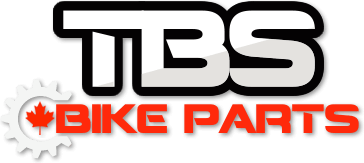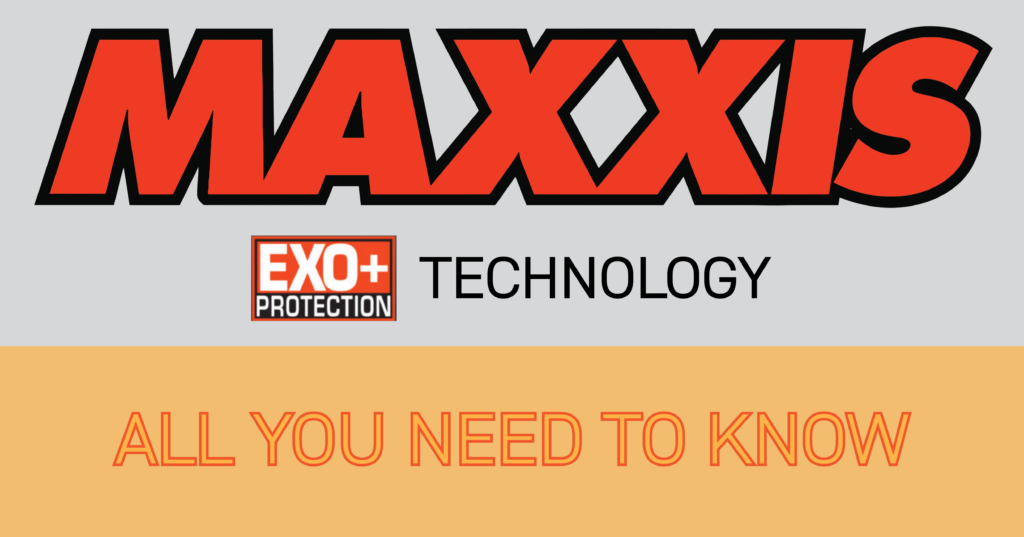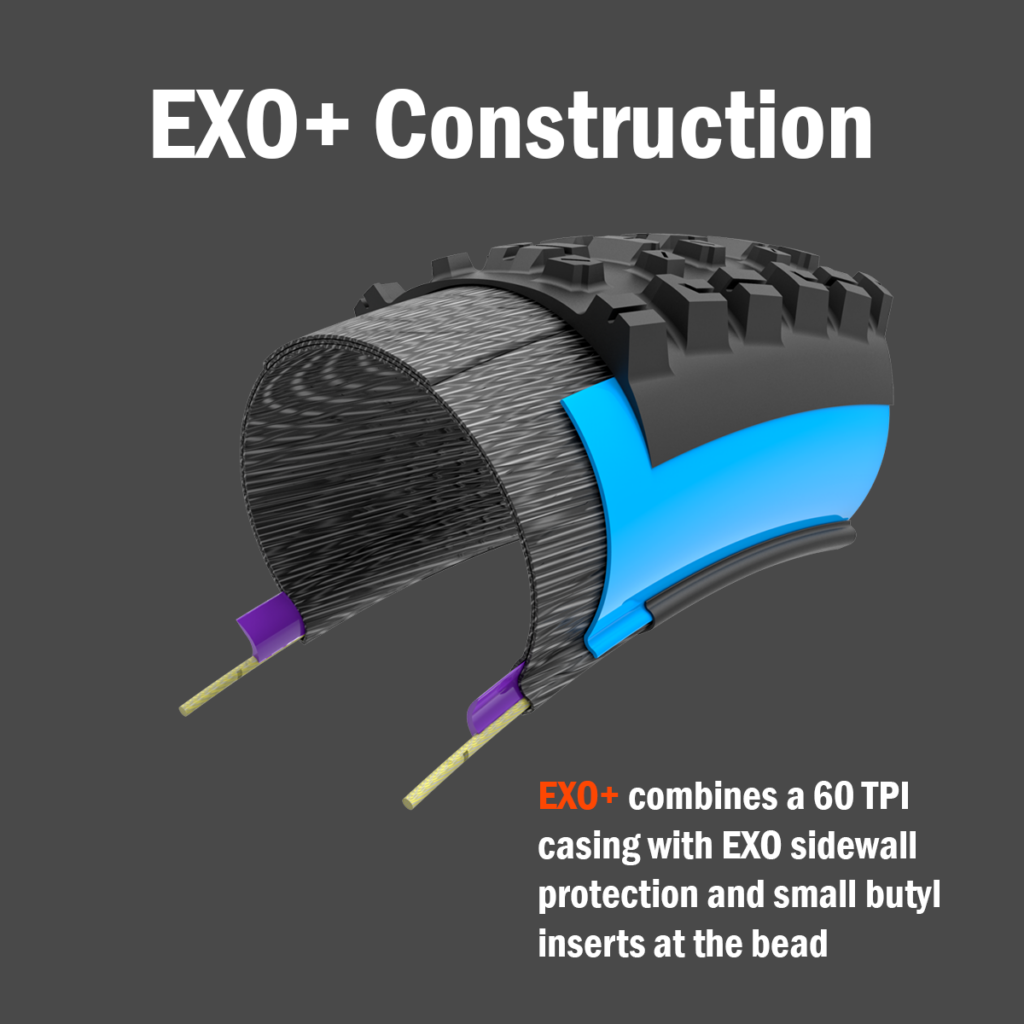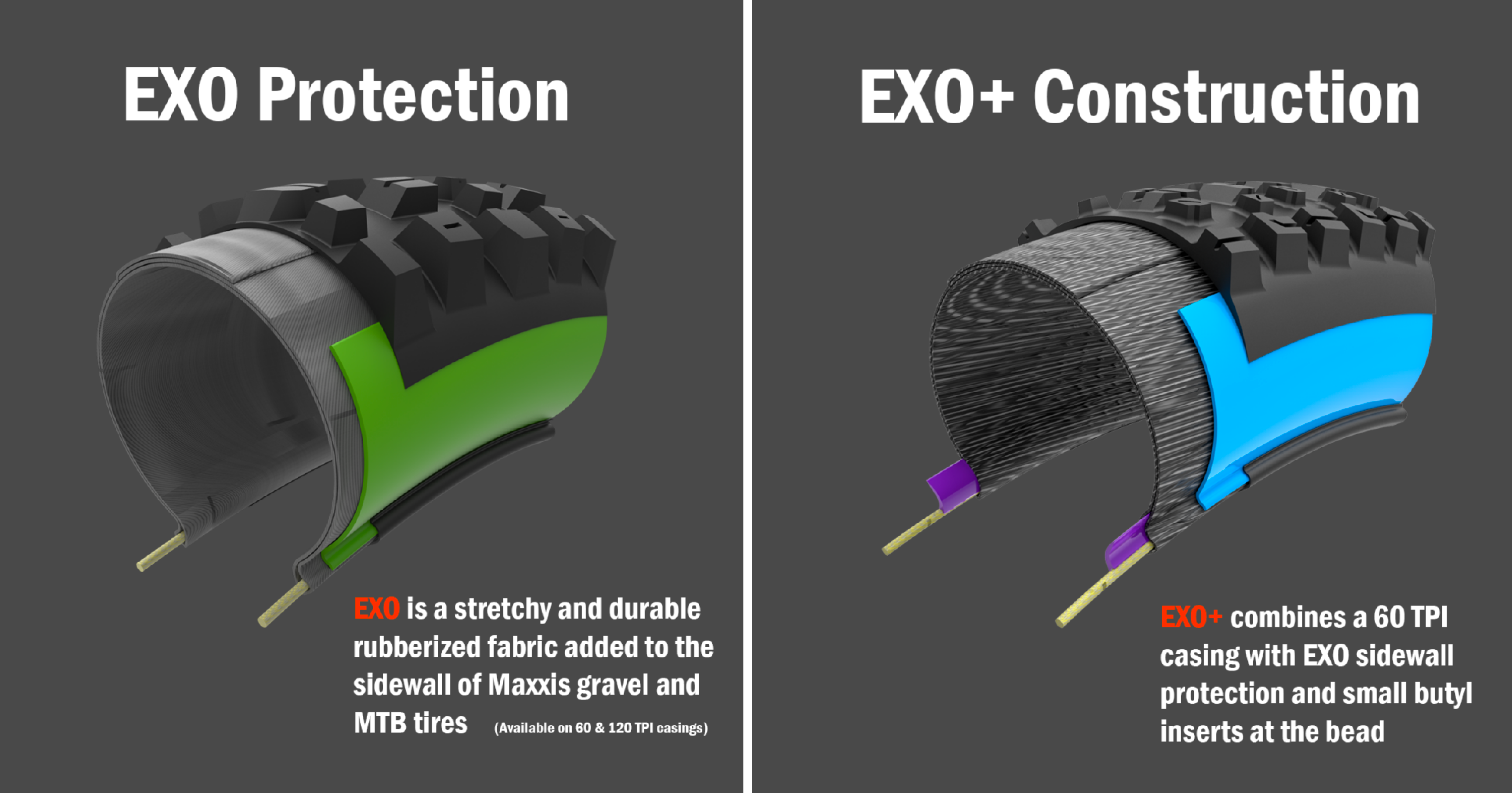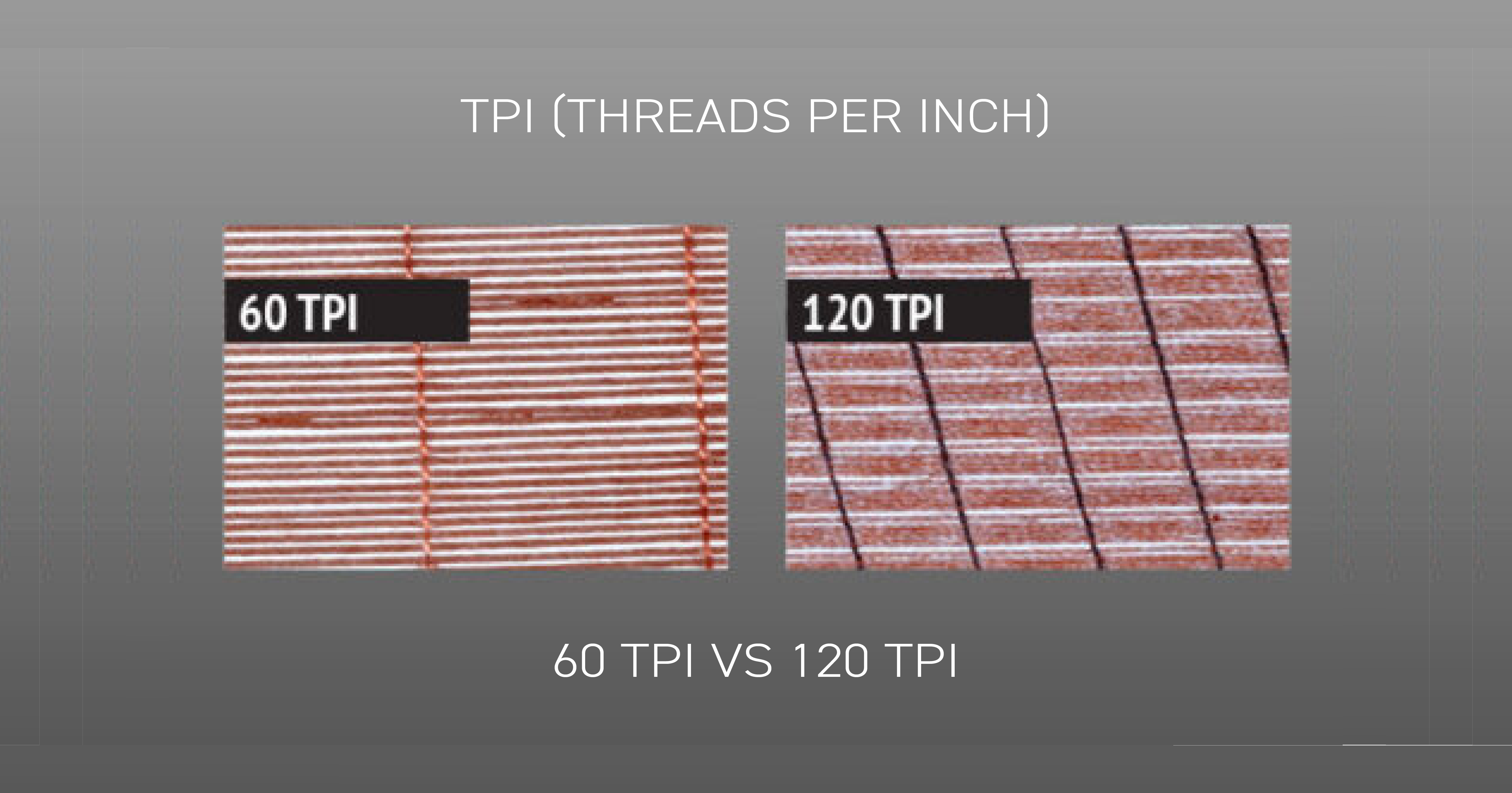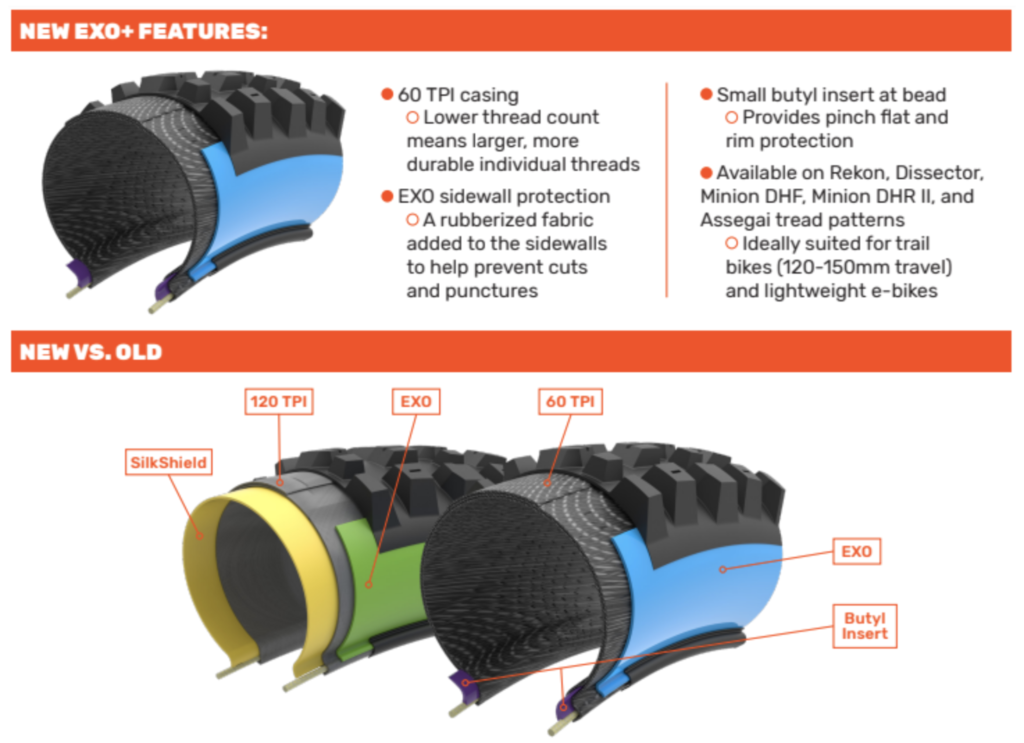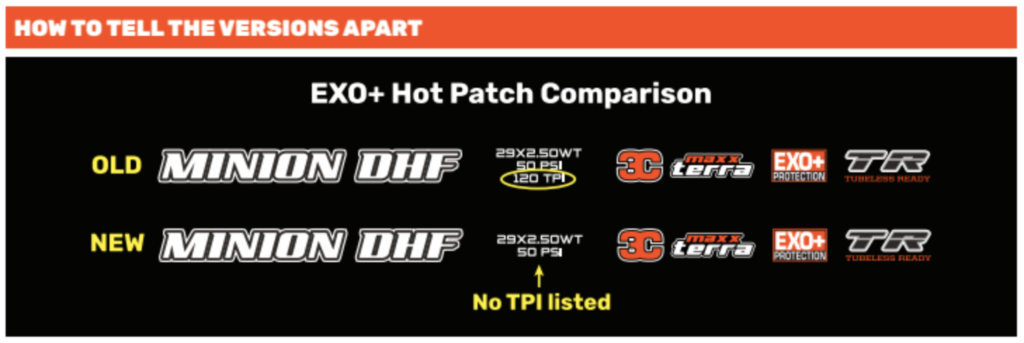Maxxis EXO+ Technology – All You Need to Know
Maxxis's EXO+ technology has been around for quite some time and has gone through a couple of different versions over the years. With the EXO+ technology being such a popular choice for riders, we thought it would be great to do an overview of everything that has to do with EXO+. What is EXO+? How does it compare to EXO? What is the difference between the old EXO+ technology and the new EXO+ technology? All of this and more will be answered in the following article.
What is EXO+ Technology?
This is what Maxxis has to say about EXO+:
EXO+ is Maxxis’ medium-duty puncture protection option suitable for all-around trail riding and light weight e-bikes. We begin with a durable 60 TPI casing, add in our legendary EXO puncture protection layer in the sidewalls, and top it off with a small butyl insert around the bead. The tough casing and EXO material ward off damage from rocks and roots, while the butyl insert protects the tire from pinch flats and helps prevent rim damage.
EXO+ vs. EXO - What's the Difference?
EXO technology is described by Maxxis as "a cut- and abrasion-resistant material added to the sidewalls of many Maxxis mountain bike and gravel tires. This densely woven fabric is lightweight and highly flexible, ensuring that the performance of the tire remains unaffected. Choose EXO Protection for enhanced durability for gravel, XC, and light-duty trail riding."
With the EXO+ technology already having EXO in it, the only difference really between the two is that EXO+ has a small butyl insert added around the bead. The butyl insert further strengthens the tire by protecting it from pinch flats and preventing rim damage. It's also worth mentioning that EXO tires are available on 60 & 120 TPI casings, while EXO+ tire are only available on a 60 TPI casing.
While EXO+ typically adds slightly more weight than EXO, it is minimal and in our opinion worth it for the increased protection. The same goes for price. Oftentimes EXO+ tires will retail for $5-$10 more than EXO tires, but for the slight price increase we feel that the extra protection is going to pay off.
60TPI vs 120TPI
As mentioned above, EXO+ tires are only available in 60TPI casings while EXO is available in both 60TPI and 120TPI casings. What exactly is the difference between 60TPI and 120TPI? TPI stand for threads per square inch, and is simply the number of threads that cross through one square inch of a single ply of the tire’s casing.
Lower TPI gives better puncture, cut and abrasion resistance but is heavier. Higher TPI conforms better to the terrain, offering a smoother, more comfortable ride while reducing the weight of the tire. The trade off being higher TPI casings are more fragile compared to lower TPI casings.
Old EXO+ vs New EXO+
A couple of years ago Maxxis upgraded their EXO+ technology and as a result they now have new EXO+ models. So what exactly is the difference between the old EXO+ and the new EXO+?
The main difference between the two is that the new EXO+ has a 60TPI casing as opposed to the old EXO+ that has a 120TPI casing. The new EXO+ casing is also coated in a new tear-resistant topping rubber. The rubberized EXO material is added to the sidewalls as well as a short butyl insert above each bead. This results in the new EXO+ having nearly twice the tread and sidewall puncture resistance with a roughly 20% increase in pinch cut resistance. As a result the new EXO+ has a slight weight increase of roughly 1%-5% depending on the tread of the model.
HOW TO TELL THEM APART?
The hot patch on the tire is the easiest way to tell the two versions apart. The old EXO+ uses a 120 TPI casing which is shown on the hot patch of the tire right below the size and pressure information. The new EXO+ does not have the TPI on the hot patch or anywhere on the sidewall of the tire. If it shows the TPI, it's the old version. If there is no TPI shown, it is the new version. It's as simple as that.
Our Take
Maxxis EXO+ technology continues to be popular year over year, and for good reason. It is a great choice for those riders looking for slightly more protection than EXO, without having to move up to heavier and burlier options like DH Casing or Doubledown. The price point is reasonable and for a lot of riders the EXO+ technology fits right into their riding style. If you are debating between EXO and EXO+, we would recommend making the move up to EXO+.
We have many different EXO+ tires in stock in models such as Minion DHR II, Minion DHF, Assegai, Dissector, and more. SHOP OUR FULL SELECTION OF EXO+ TIRES NOW. Remember that we offer free shipping on all orders over $149CAD and all orders are processed and shipped within 24 business hours. Spend less and ride the best with TBS Bike Parts.
